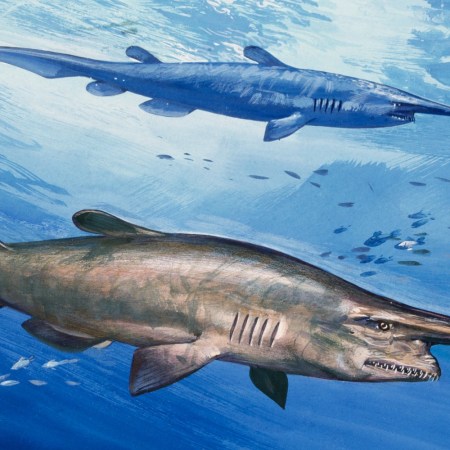On average, the humble lake sturgeon is generally three to five feet in length. Last year, however, one was found in the Detroit River that was seven feet long — a newsworthy sturgeon if ever there was one. But as it turns out, sightings of larger-than-normal fish don’t just mean that we’re on the way to a return of megafauna. Instead, new evidence has emerged that this phenomenon is yet another sign of climate change’s effects on the planet.
That’s among the takeaways from a new Washington Post report about the rise of high-profile sightings of big fish. (No, not the 2003 Tim Burton movie. Literal big fish.) As the article points out, massive sturgeons aren’t the only oversized sea creatures showing up in unexpected spots.
The article cites the director of scientific programs for the National Oceanic and Atmospheric Administration Fisheries, Francisco Werner, as offering one explanation. Werner told the Post that the fish “aren’t growing larger, they are relocating to new environments” — and that their decision on where to relocate is shaped by certain bodies of water becoming warmer as a result of climate change.
It’s the same reason that more lobsters have flocked to Maine in recent years — and it’s also why many experts are worried that that spike in the lobster population could eventually abate as climate change continues to send them to new places. While the sight of a massive fish far from its expected habitat can bring a rush of delight at first, the reasons behind that could be more unnerving than you’d expect.
Thanks for reading InsideHook. Sign up for our daily newsletter and be in the know.


















